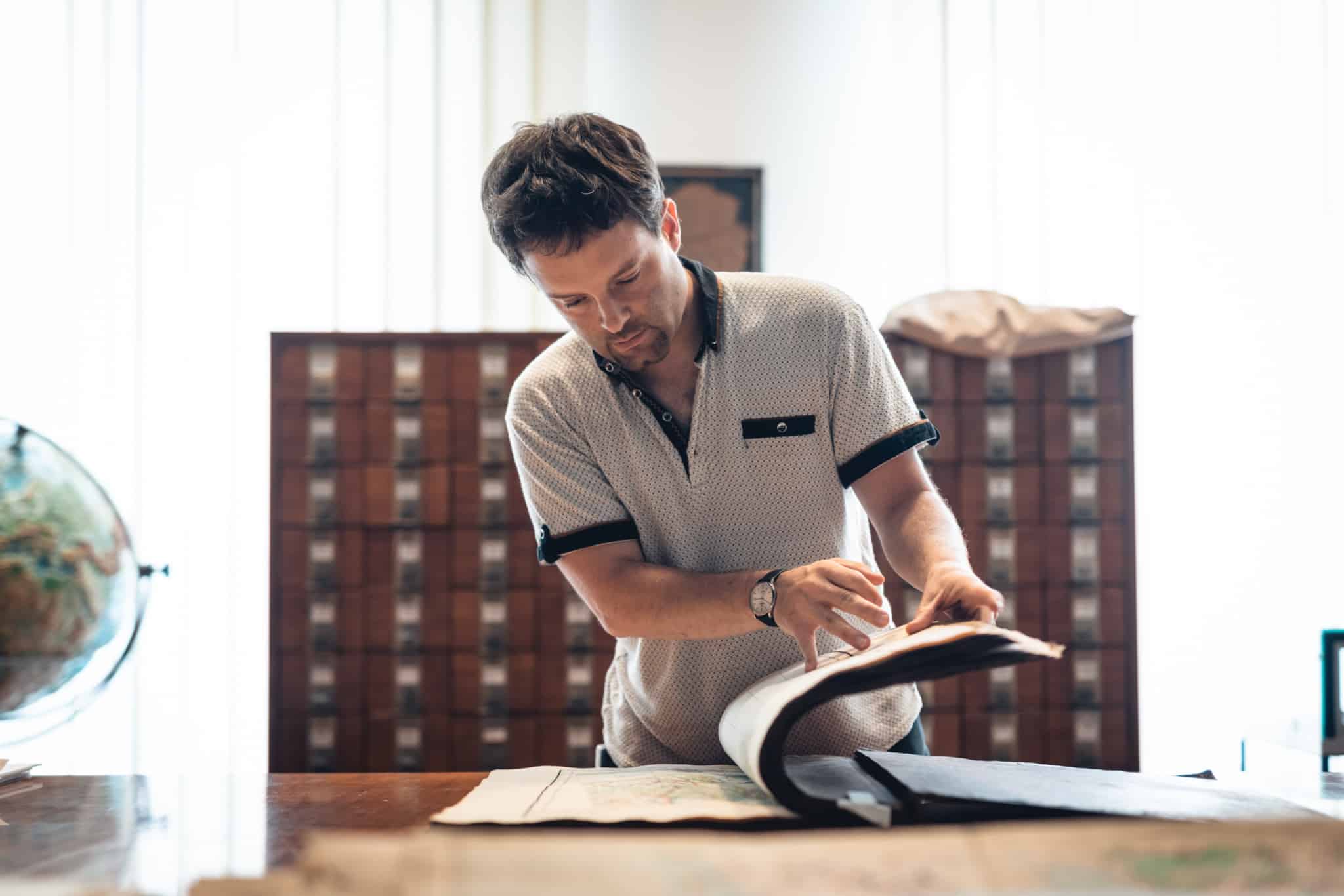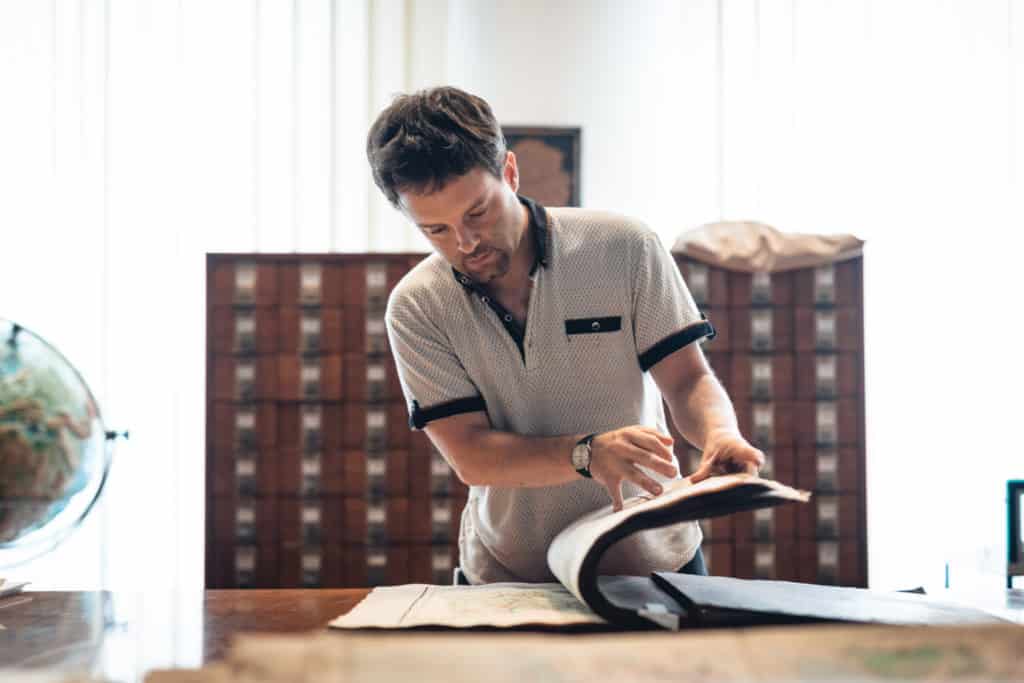| Dear user,
The Cartesius project website is temporarily unavailable. We are doing our utmost to resolve this problem and apologise for any inconvenience. Thank you for your understanding. |
A selection of the best, most beautiful and most interesting cartographic documents is offered to you through the Cartesius portal. An online collection that we continue to feed on an ongoing basis.
In order to tremendously improve accessibility for the general public and to build something more than the sum of the parts, four federal institutes joined forces. KBR, the National Geographic Institute, the State Archives in Belgium and the Royal Museum for Central Africa established Cartesius, comprising the largest and richest cartographic collections on Belgium and Central Africa.
Content
The four institutions, holding generally speaking complimentary cartographic collections, estimate to possess about 200.000 maps and 300.000 aerial imagery on Belgium and Central Africa.
Idea behind Cartesius
In fact it is of no concern of the general public to know which map is held where. The public is interested in a total overview covering many collections at once. With the rise of fast and sophisticated GIS and internet technology the idea grew to join forces and to build a geoportal that would allow to search at once through all our collections and to view our treasures instantaneously.
It is quite a challenge to build one common geoportal that brings collections from different backgrounds together; To build a performant search environment for the general public ánd for the specialist. A task that is not so easy to integrate into one portal: an interface that is understandable for a layman, but at the same time is precise enough that it answers the demands of a historian, or other researcher.
Cartesius is not only a cooperation to build a portal, it is also about sharing scanners, server systems, localisation of old maps, knowledge on the history behind the map, geographic information, online publishing of maps, etc. etc.
Innovation by using footprints of old maps on a modern map
Searching for old maps using classical types of search is rather tedious and complicated. A description of a map like “Map of the western part of the county of Flanders, 17th century” does not really give an idea of what the map looks like. Moreover, the map is difficult to grasp geographically through a typical search on title, author, etc.. In fact, no matter how detailed a textual description will be, chances are rather high that a textual search will give unsatisfactory, disappointing results.
It is therefore that we decided to geolocalise (and sometimes georeference) our maps. In other words we add geographic coordinates to the metadata of our maps that describe the footprint of an old map on a map of today.
Unfortunately geolocalisation is labour intensive if you are not working with standardised topographic map series, and has to be done map by map. It is not yet possible to do it automatically.
Nevertheless, it is worth it. It allows you to search and find maps in a new way, solving the issue of unclear descriptions (vague, little or very detailed, in a foreign language, …), no matter the scale, age, projection system, etc.

